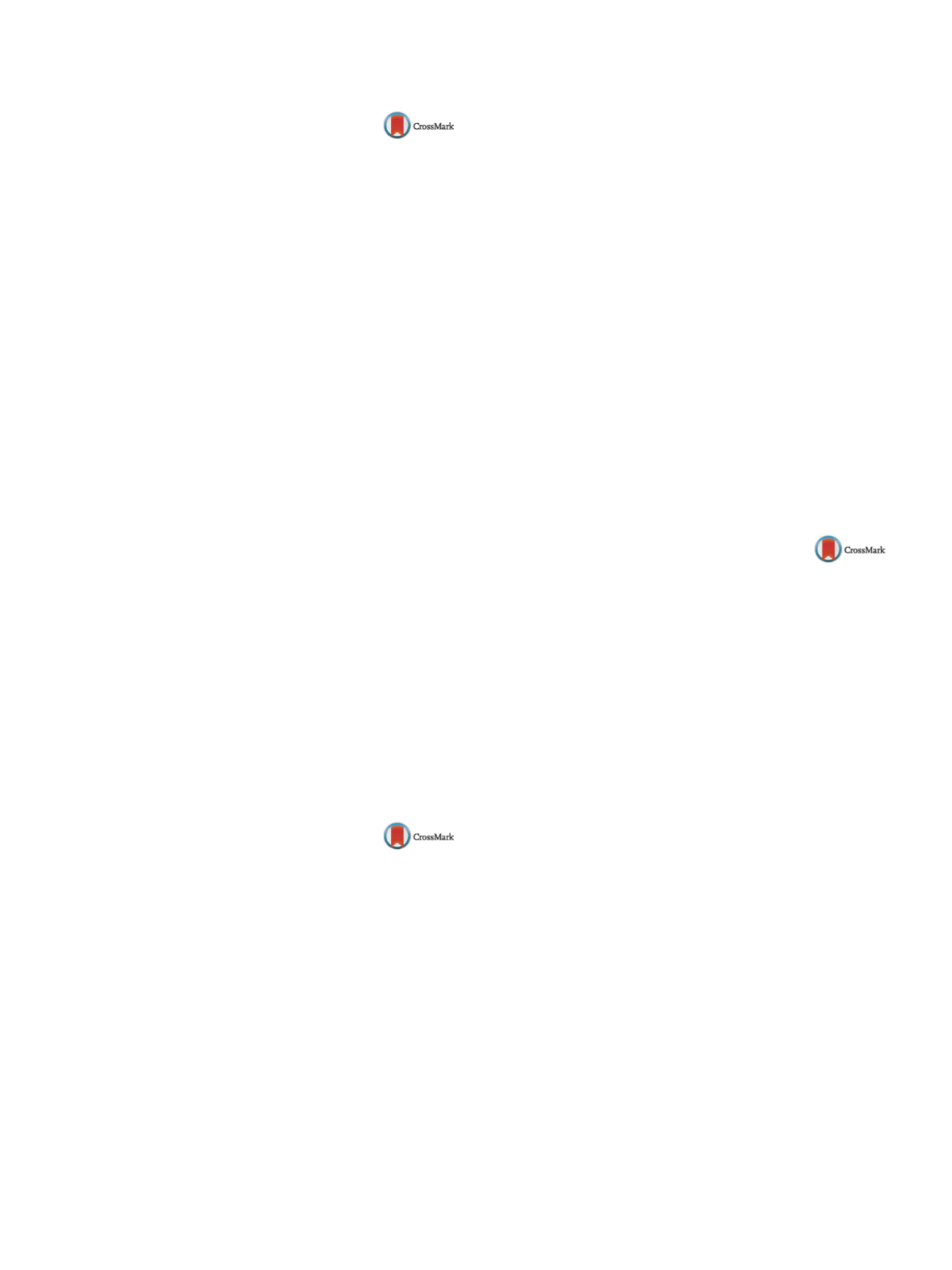

S880
25th European Congress of Psychiatry / European Psychiatry 41S (2017) S847–S910
EV1446
Clinical diagnostic criteria of modern
spice addiction
I. Sosin
1 ,∗
, Y. Chuev
2, G. Misko
2, O. Goncharova
21
Kharkov Medical Academy of Postgraduate Education, Narcology,
Kharkov, Ukraine
2
Kharkiv Medical Academy of Postgraduate Education, Narcology,
Kharkiv, Ukraine
∗
Corresponding author.
Introduction
Populations of spice addicts in Ukraine demon-
strate distinct tendency for steady spreading, and transitory
psychotic episodes, overdosing and fatal cases are being regis-
tered in consequence of smoking. “Spice” are synthetic analogues
of tetrahydrocannabinol.
Aims and objectives
To develop an average personified clinical
portrait of spice addict for more specified therapy.
Method
Twelve patients who consumed spices systematically for
1–2 years were observed. Methods of examination: clinical psy-
chopathological, psychological testing, clinical laboratory.
Results
Main spice addiction diagnostic criteria were: Spice
smoking, obsessive and uncontrolled anosognosic desire and crav-
ing to test on themselves effects of their action, pathognomonic
tolerance increase, specific post-intoxication consequences. After
the first smoke inspiration heavy intoxication with euphoria
and loss of surrounding real perception, sexual disinhibition and
craving to repeat smoking manifested after the first smoke inspi-
ration. Then, spice smoking became subjectively pleasant, caused
condition of intoxication with increased mood, fussiness, was
accompanied with feeling of hunger, thirst, and hoarse voice. In the
patients rather quickly (for 2–3weeks) twice reduced duration of
intoxication state from40 to 20minutes, loss of situation and quan-
titative control over smoking was observed. Clinical specifics of
addiction for spices smoking is rather quick (from5 to 10 trials) for-
mation of psychic equivalent of addiction, extremely intensive and
emotionally saturated craving for smoking, quick rise of tolerance
with loss of situational and quantitative control over smoking.
Conclusions
Definite rules in the development and formation of
spice dependence is necessary to be considered while developing
programs for therapy and prevention in clinical narcology.
Disclosure of interest
The authors have not supplied their decla-
ration of competing interest.
http://dx.doi.org/10.1016/j.eurpsy.2017.01.1776EV1447
What are sweet dreams made of?
Analysis of psychoactive substances
into “gummies”: A retrospective
descriptive study
A. Trabsa
1 ,∗
, E. Monteagudo
2, D.D. Mariona
2, M. Grifell
2,
L. Galindo
2, L. González
2, P. Quintana
2, Á. Palma
2, P. Santiago
2,
D. Sanagustin
2, M. Ventura
3, M. Torrens
21
Hospital del Mar, Psiquiatria, Barcelona, Spain
2
Institut de Neuropsiquiatria i Addiccions, Psiquiatria, Barcelona,
Spain
3
Energy Control, Asociación Bienestar y Desarrollo, Psiquiatria,
Barcelona, Spain
∗
Corresponding author.
Introduction
Although psychoactive substances has a long his-
tory in recreational settings, research on its composition has
focused only on tablets, crystal and powder, even though new for-
mulation for new psychoactive substances are readily available for
users.
Objectives
To describe the presence of psychoactive substances
and its characteristics in new formulations which had not previ-
ously been found in samples delivered to Energy Control from2014
to 2015 in Spain.
Methods
A total of 8324 samples were analysed from June 2014
to December 2015. Only those samples in gummy formulationwere
studied (
n
= 9). Samples were analyzed by energy control, a Spanish
harm-reduction NGO that offers analysis of substances to users.
Analysis was done by gas chromatography-mass spectrometry.
Results
From 9 samples of psychoactive substances in gummy
formulation, the analysis detected that 55.5% contained multi-
ple psychoactive substances: 6 samples contained 25N-NBOMe
(66.7%), 1 2C-E (11.1%), 1 2C-D (11.1%). Two allylescaline (20%),
1 cocaine (11.1%), 1 THC (11.1%), 1 canabinol (11.1%), 1 ketamine
(11.1%), 1 caffeine (11.1%), 1 MDMA (11.1%), 1 N-acetyl-MDMA
(11.1%), 1 metoxetamine (11.1%), 1 N-acetyl-MDMA), 1 2C-N
(11.1%). The only substance found in active dosage was 25N-
NBOMe. Six samples (66.67%) did not contain the substance
expected by the consumer.
Discussion
Incipient presence of gummies as new psychoactive
formulation was found. The most prevalent drug was 25N-NBOMe;
66.7% did not contain the substance expected. This may pose a
risk for potential harmful effects. All the gummies were known to
be drug-carriers when bought. This could represent the presence
of new formulations from June 2014 in the Spanish recreational
market.
Disclosure of interest
The authors have not supplied their decla-
ration of competing interest.
http://dx.doi.org/10.1016/j.eurpsy.2017.01.1777EV1448
Perceptions of problem-drinker
patients’ family members about their
own hazardous-drinking behaviours
in Chinese general hospitals
Y.F. Tsai
1 ,∗
, C.C. Lin
2, W.L. Yeh
3, J.T. Kao
4, C.Y. Chen
51
Chang Gung University, School of Nursing, Taoyuan, Taiwan
2
Chang Gung Memorial Hospital at Linkou, Department of
Hepato-Gastroenterology, Taoyuan, Taiwan
3
Chang Gung Memorial Hospital at Linkou, Department of
Traumatology Orthopedics, Taoyuan, Taiwan
4
China Medical University Hospital, Department of Internal
Medicine, Taichung, Taiwan
5
Chang Gung Memorial Hospital at Keelung, Department of
Psychiatry, Keelung, Taiwan
∗
Corresponding author.
Background
Excessive alcohol use has been associated with
health, social and legal problems. Studies of alcohol-drinking
problems have mainly focused on patients with alcohol-drinking
problems and few studies have focused on their family members.
The purpose of this study was to explore the perceptions of family
members of problem-drinker patients about their own hazardous
or harmful alcohol-drinking behaviours.
Methods
In this qualitative descriptive study, participants were
recruited from three hospitals randomly selected from northern
and central Taiwan (2:1). Hazardous-drinker patients and their
family members were screened using the Chinese version AUDIT.
AUDIT scores > 8 indicated harmful or hazardous drinkers. Data
were collected in individual, audiotaped, in-depth interviews using
an interview guide. Verbatim interview transcripts were analysed
using
ATLAS.ti, version WIN 7.0.
Results
The sample of 35 family members with hazardous or
harmful drinking behaviours perceived that their own alcohol-
drinking behaviours were related to six major patterns: family
habits, leisure activities with friends, work pressures, personal
taste, a way to forget one’s problems and to express happiness.
Conclusions
We recommend that programs to prevent harmful
or hazardous drinking should emphasize understanding standard
amounts of alcohol in alcoholic beverages, recommended amounts
of alcohol consumption for males and females, knowledge about
the long-term effects of excessive alcohol consumption; offer


















